How to get cat urine out of a mattress — banish stains and smells
Accidents happen, so here's everything you need to know about getting cat urine out of a mattress
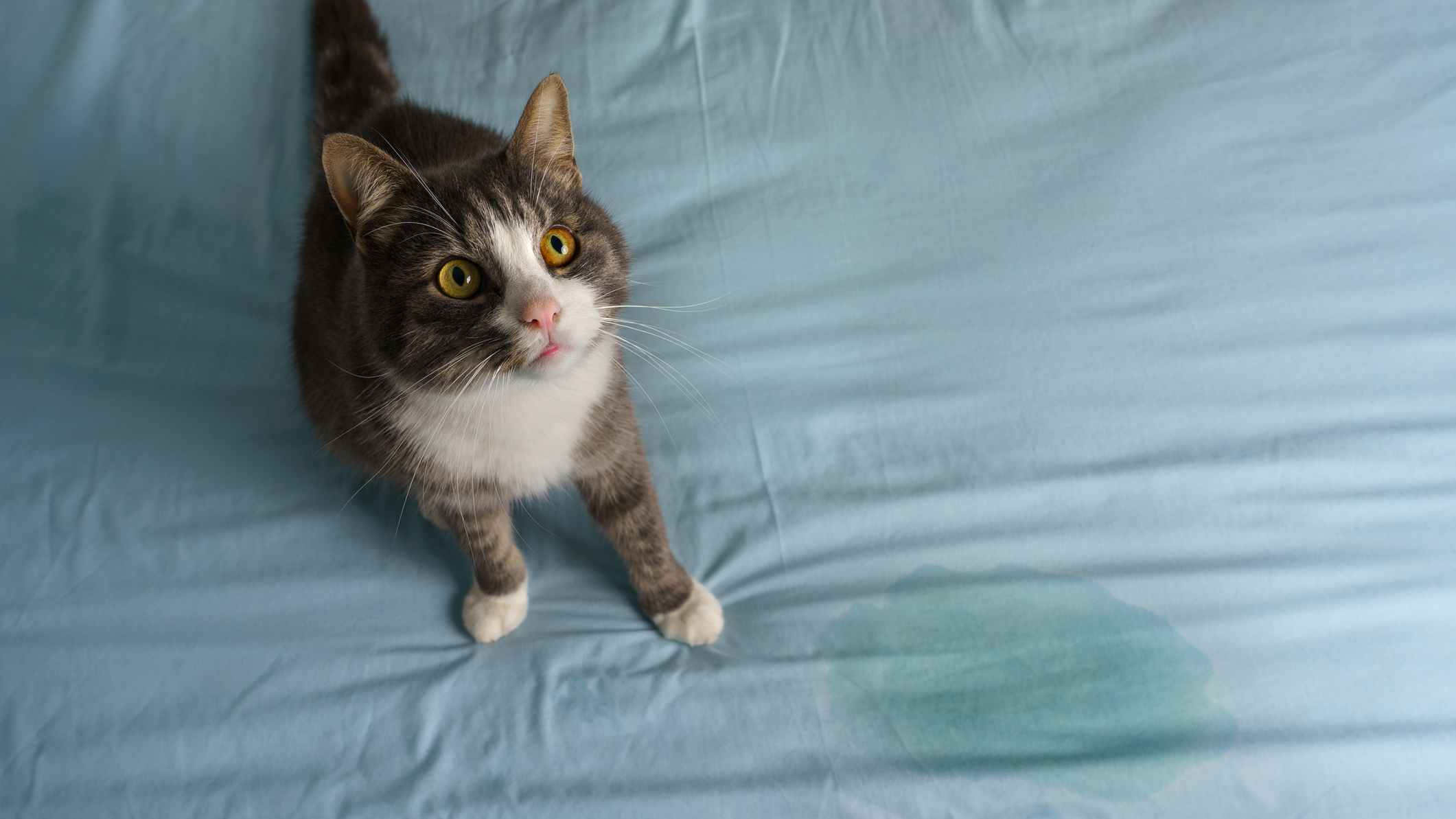
Successfully getting cat urine of a mattress is a matter of acting fast – don't let the pee sink in for too long, otherwise you'll have a harder time getting it out, and the accompanying smell and stain will be harder to shift too. Here we walk you through how to getting cat urine out quickly and easily, including the products you need to have your mattress looking and smelling like new again.
But why is it so hard to get cat urine of a mattress? The reason is because cat urine contains uric acid crystals and these aren't water-soluble. This makes cat urine one of the most difficult liquids to remove with regular cleaning methods. Plus, the ammonia in cat urine has a pungent smell that really lingers if you don’t clean up the wee as soon as it happens.
If your cat has peed on your mattress multiple times and you can't get rid of the stains and smells, we suggest buying a new mattress. Our guide to this year's best mattresses for every sleeper contains our top choices for all budgets, and many are discounted in the early Labor Day mattress sales and deals.
How to get cat urine out of a mattress
The products you'll need:
- Clean paper towels or an absorbent cloth
- Vacuum cleaner with upholstery attachment
- Baking soda
- An enzyme cleaner
Step 1. Soak up the liquid
As soon as you notice cat urine on your mattress you need to act fast. Using clean paper towel or an absorbent cloth, soak up as much of the urine as possible by blotting the area. Press firmly to absorb up the liquid but don’t rub as this could cause the urine to spread and risk rubbing it further in to the mattress. Keep repeating this step until your paper towel comes back dry.
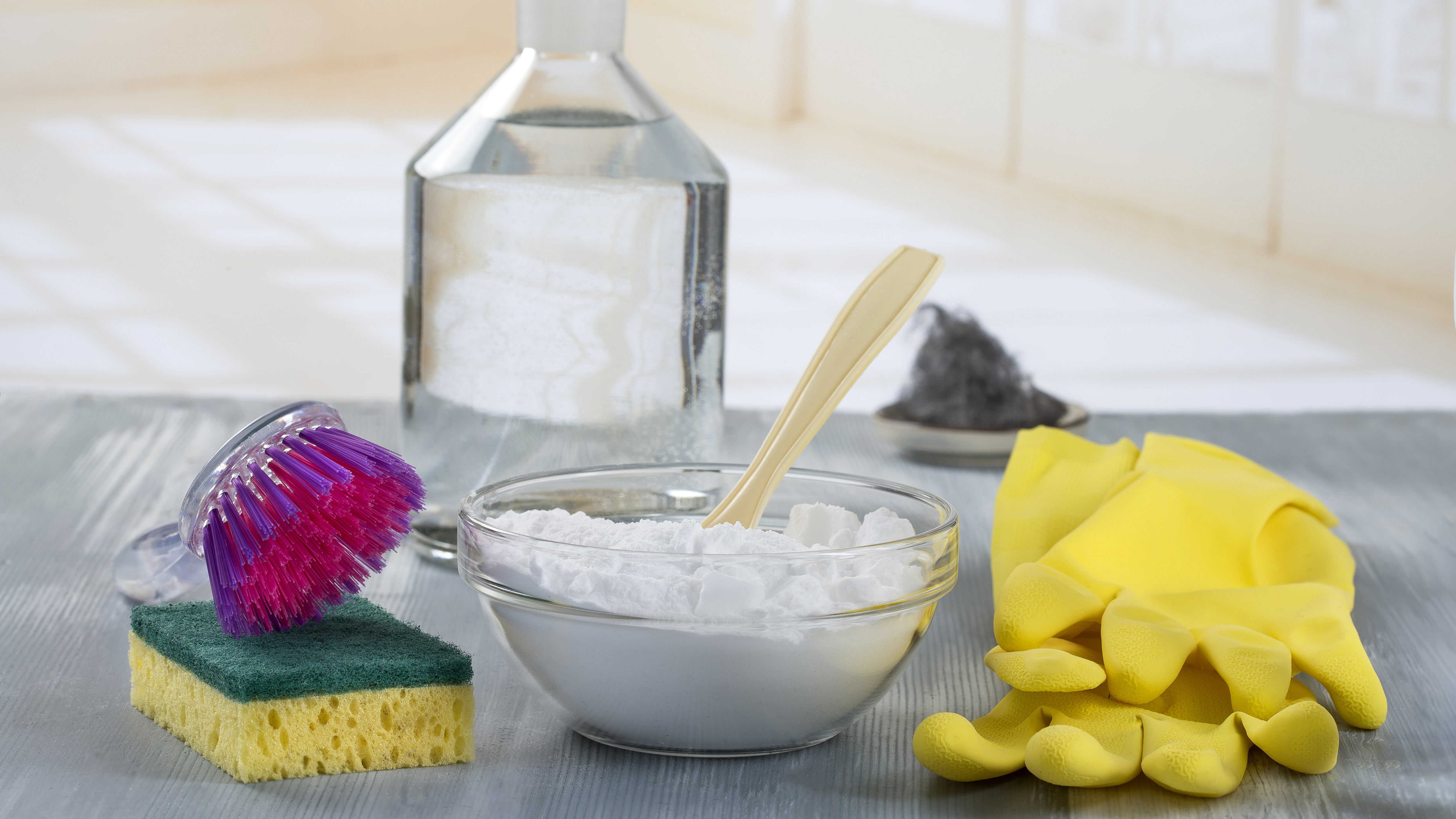
Step 2. Apply lots of baking soda
As we explain in our guide on how to clean your mattress, baking soda will draw out and absorb any moisture from the cat urine that is still left on the mattress. Cat urine also has a strong ammonia-like smell and it is really hard to get rid of the longer it’s left.
The baking soda will also help to neutralize this odor. Sprinkle a generous amount on the area where the cat peed and leave this to sit for several hours. The longer you can leave it, the better.
Step 3. Vacuum your mattress
Once the baking soda has sat for long enough, vacuum the area. Be sure to go over it a couple of times to ensure all traces of the baking soda have been removed. You may want to empty your vacuum straight in to an outdoor bin and give it a clean so that any odors don’t get trapped in your cleaner.
Sign up to get the BEST of Tom's Guide direct to your inbox.
Get instant access to breaking news, the hottest reviews, great deals and helpful tips.
Step 4. Use an enzyme cleaner for cat urine
Whilst the baking soda will have helped to neutralize the odors, enzyme cleaners are specifically designed to break down organic mattress like cat urine. Not only that but cats have a strong sense of smell and can detect even the smallest trace of urine so if you don’t completely remove it, you’re risking that they may urinate in the same spot again. Enzyme cleaners can prevent this by eliminating the urine smell that attracts cats.
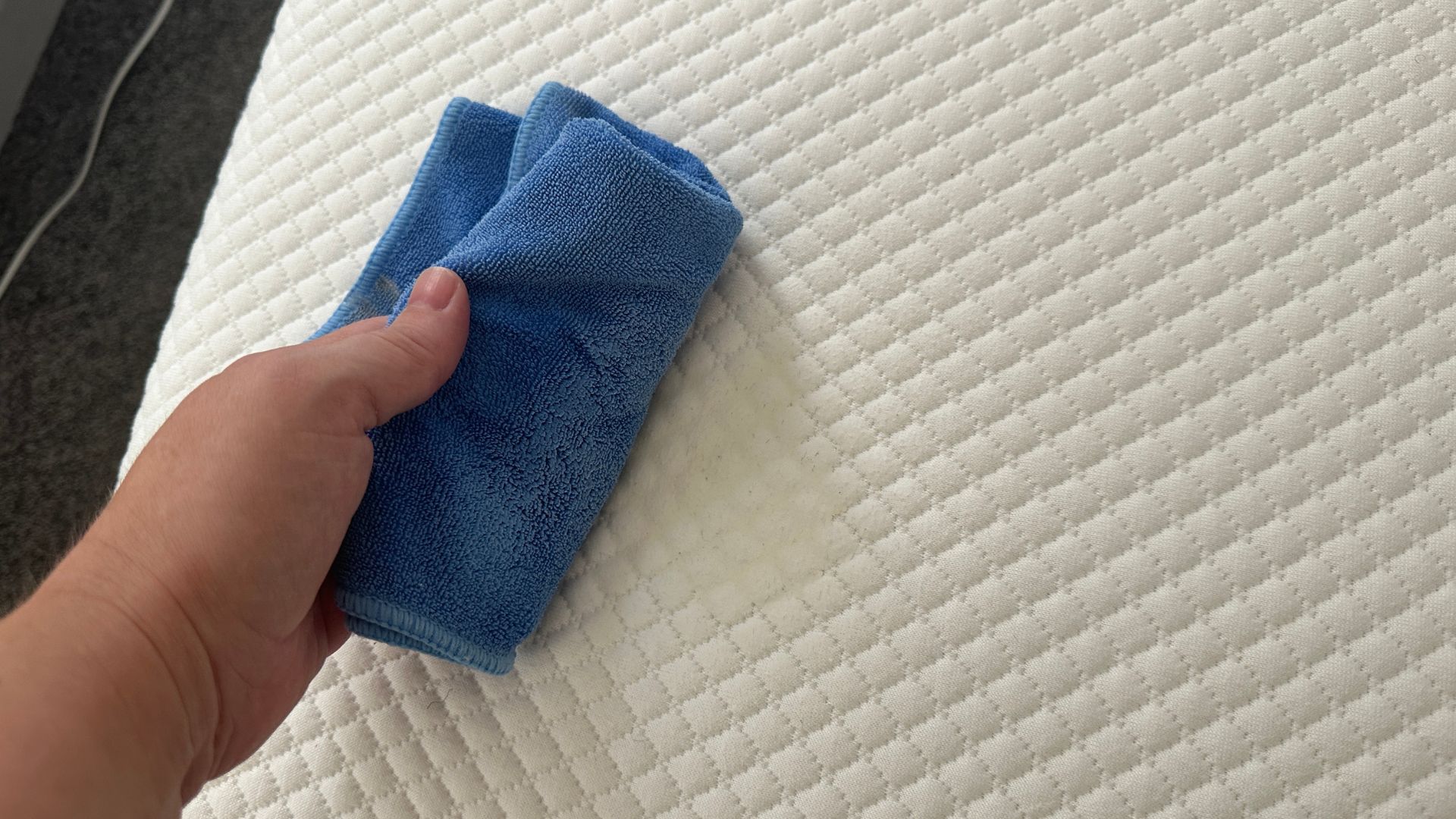
Step 5. Blot again and leave to dry
Using a clean paper towel or cloth, just blot the area again to remove any excess traces of enzyme cleaner. Then leave your mattress to air dry full before adding sheets and sleeping on it.
How to get cat pee stains out of your mattress
The products you'll need
- A clean spray bottle
- White vinegar
- Cold water
- Baking soda
- Clean cloths
Step 1. Create a vinegar solution
If you’re tackling cat urine stains then the first thing to do is make a white vinegar solution. Mix equal parts of white vinegar and cold water in a spray bottle. Lightly mist the area being careful not to saturate or soak your mattress.
The acidity of the vinegar will help to break down the stain but it also has mild disinfectant properties which can help to kill any bacteria that may be in the urine. Also, make sure to use cold water, this will stop the stain from spreading.
Step 2. Add a baking soda paste
In a bowl create a paste by mixing baking soda with a small amount of water. Apply a thick layer of paste over the stained area and leave to sit for several hours, remember when it comes to baking soda the longer its left, the better. This baking soda will help draw out any remaining moisture and odors from the mattress.
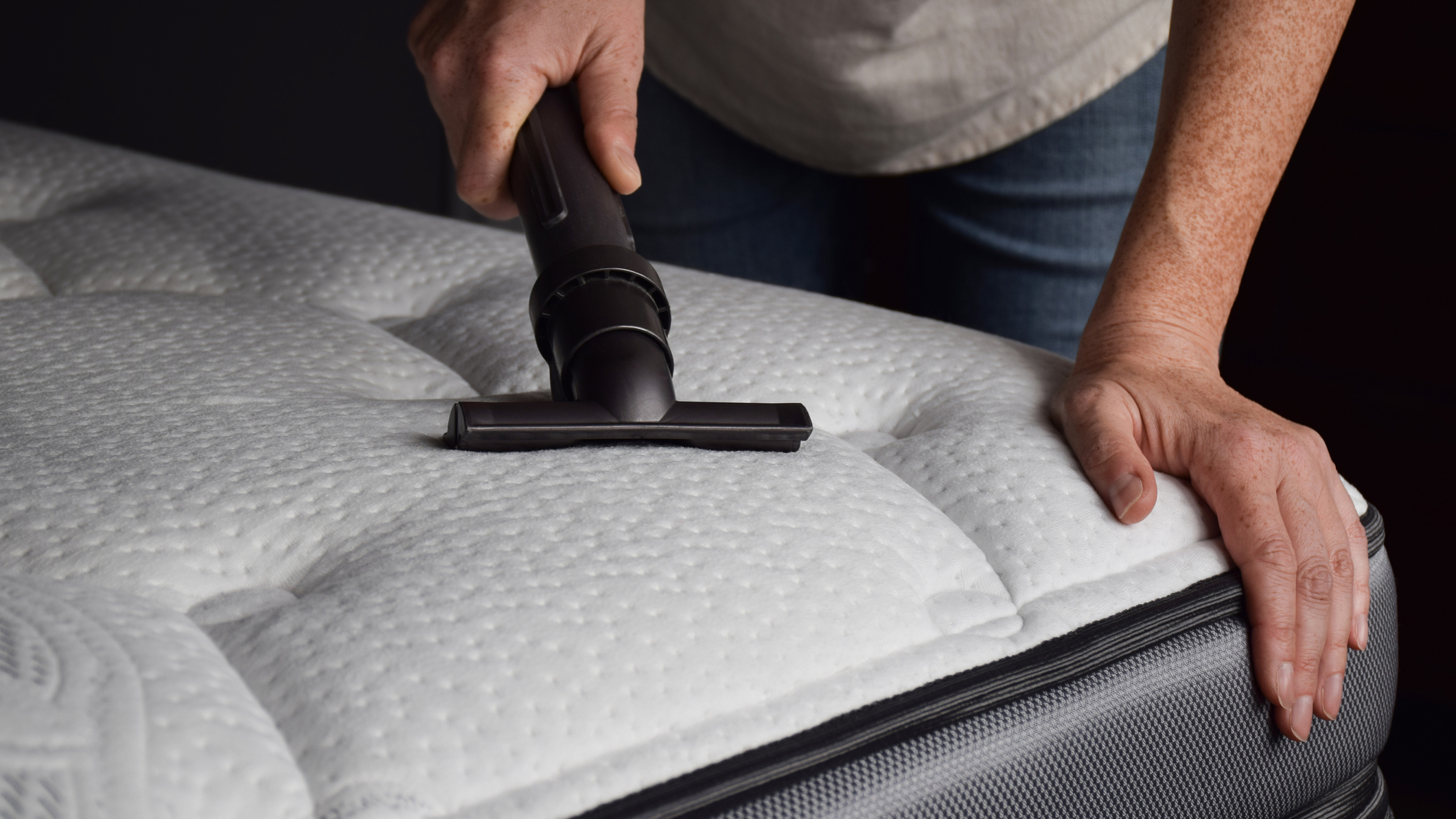
Step 3. Vacuum your mattress and let it air dry
Once the baking soda has been left to sit you’ll notice that it will have dried out and look crumbly on the surface. Vacuum this up making sure to remove all traces. Leave your mattress to air dry for a couple of hours before re-making your bed.
Step 4. Repeat the last step if needed
If the stains are stubborn or there’s a lingering odor then repeat the vinegar solution step a couple of times until you see the stain lifting. Once you notice the stain starting to lift, then repeat the rest of the steps.
How to get cat pee odor out of your mattress
The products you'll need
- Rubbing alcohol
- A Clean spray bottle
- Enzyme cleaner
- Baking soda
- Essential oils (optional)
Step 1. Add rubbing alcohol to the area
Rubbing alcohol works really well to help neutralize the ammonia in cat urine. The other reason why using rubbing alcohol on your mattress is a good idea is that it dries really quickly so you won’t be left with a damp mattress for hours. Add your rubbing alcohol to a spray bottle and spritz the surface and leave to dry.
Don't use rubbing alcohol if you have a memory foam or latex bed as these materials are highly sensitive to chemicals like alcohol. Always do a patch test before applying alcohol to your mattress to make sure that it doesn't damage or discolor the fabric.
Step 2. Add a layer of baking soda
Vacuum your mattress before adding a generous layer of baking soda to the surface. You can also add a couple of drops of essential oils to your baking powder so you’re left with a clean, fresh smell. Be aware that some essential oils are toxic to cats, steer clear of citrus oils, peppermint, pine, eucalyptus and tea tree — always do your research before using essential oils around cats.
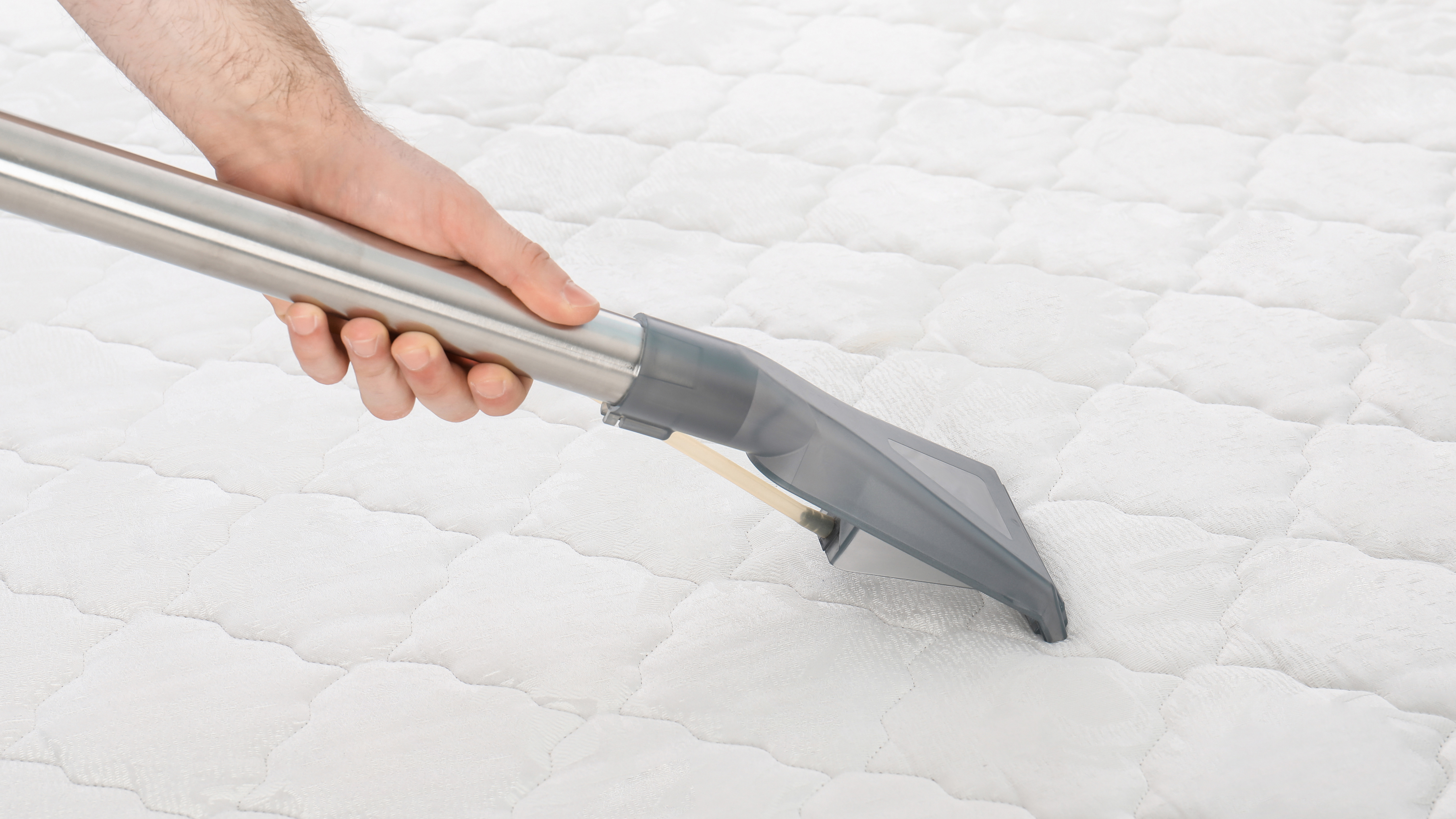
Step 3. Leave it to sit, then vacuum
Leave your baking soda to sit on the mattress for at least four hours, the longer you can leave it the better. Once it’s had enough time to do it’s job, vacuum the area. It’s worth going over the surface a couple of times to make sure you’ve got all traces of the baking soda removed.
Step 4. If needed use a cat urine enzyme cleaner
If you’re still smelling cat urine, even after you’ve done the above steps, you may need something stronger. It’s worth buying a good quality enzyme cleaner that will break down the uric acid found in cat urine and therefore eliminate the source of the odor. Many enzyme cleaners also have odor-neutralising properties which get rid of any lingering smells.
How to stop your cat peeing on your bed
You may need to take a multi-action approach to stop your cat peeing on your bed. The first thing to do is wash your bedding using an enzyme cleaner and laundry detergent to remove any trace scent of cat urine. Why? Because if your cat can smell it, they could urinate in the same place again.
You also need to get to the root cause of why your cat is peeing on your bed. For example, there could be an underlying medical issue, stress or anxiety at play, so consult with your vet if isn’t a regular occurrence. Also make sure that your cat's litter box is clean, easy to access and in a private location.
If you’re confident it isn't a medical issue, there are a few deterrents to try. If your cat is peeing on your mattress while you’re not home, stop access to the bedroom. You could also cover your bed in foil or plastic sheeting – cats don’t like the feel or sound of these materials.
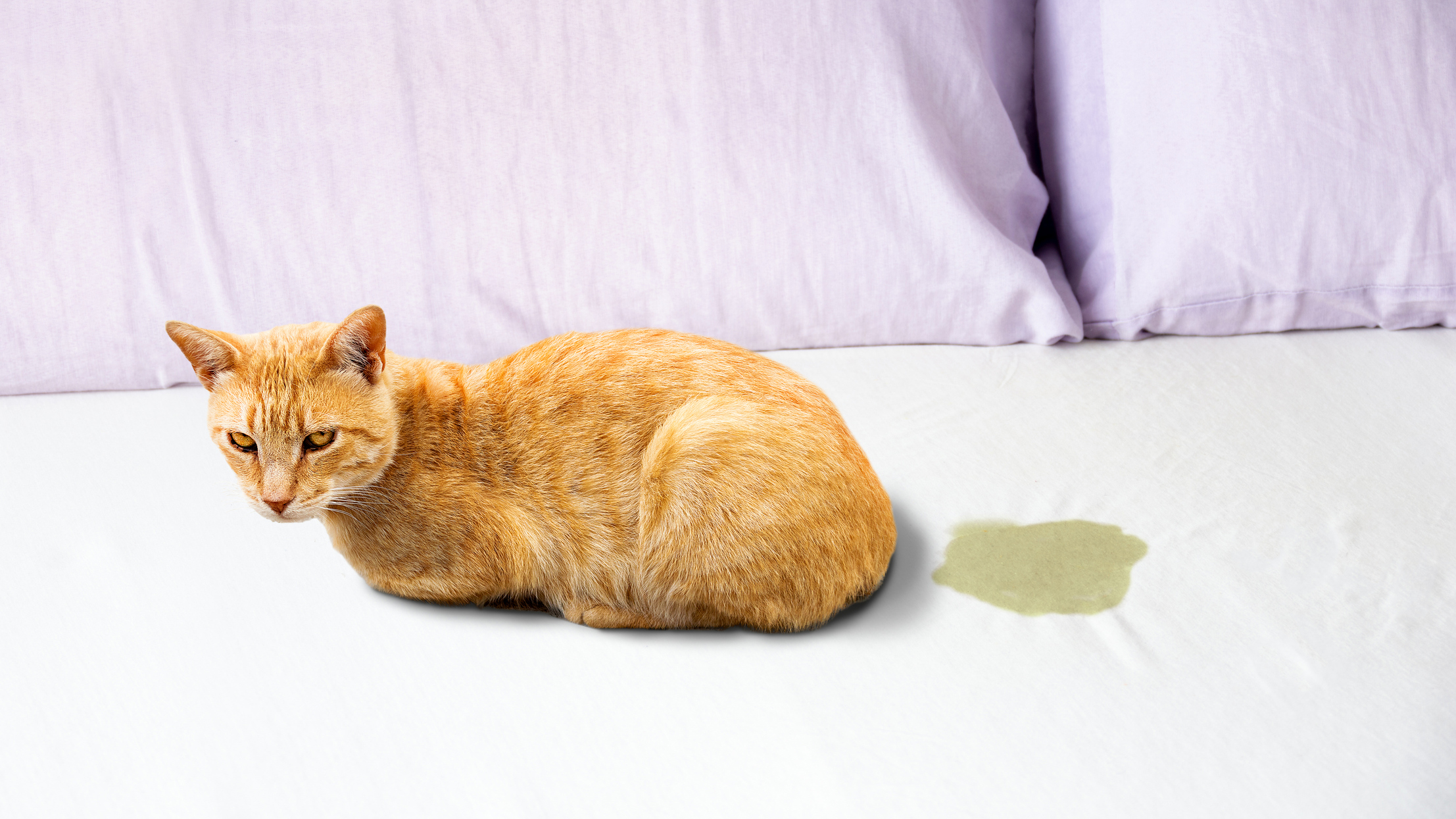
You could also use a citrus-scented air freshener or soak cotton wool balls in citrus oil and leave near the bed. Cats dislike citrus smells so it’ll repel them. However be very careful that your cat doesn’t ingest any of the oils, or get any on their paws (which they may lick) as citrus oil is toxic for cats.
You could also consider a Feliway Diffuser. These plug into your power outlet and emit a pheromone to calm and reduce stress in your cat. There are also spray options including Advanced Pet Block Repellent spray which you can spray on your bedding. This will give off a scent that will signal the cat to stay away.
Lastly No More Spraying spray discourages cats from peeing in the same place twice. They are mattress-safe but if you're spraying on to your mattress surface, always do a small patch test first.
How to co-sleep with your cat without damaging your mattress
The first thing you should do is invest in a high-quality waterproof mattress protector. This will stop any spills or accidents from seeping in to your mattress and if you find one that is made with hypoallergenic materials, it’ll also minimize allergens and prevent skin irritations.
If you need help choosing the right mattress protector for you, check out our top picks in our best mattress protector guide which features everything from cooling mattress protectors to ones that will fully encase your mattress protecting your bed against dust mites, bed bugs and allergens.
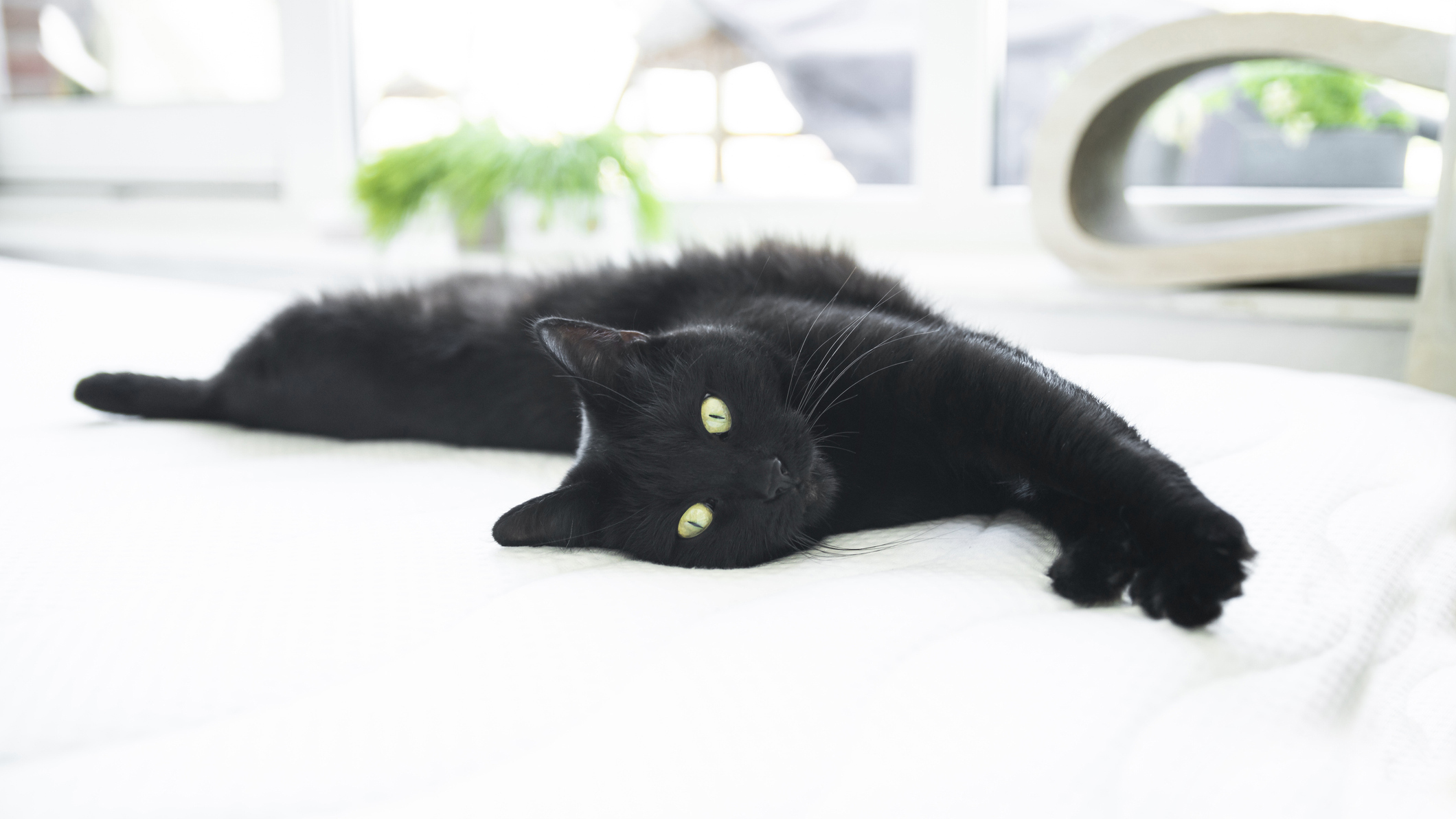
It's also worth looking for mattress protectors that can be machine washed as you'll be able to keep them fresh and hygienic with ease.
It’s also important to clean your sleeping area regularly. How often should you change your bedsheets? We recommend at least once a week, and you should wash them in warm water to ensure that any dead skin cells, pet dander and allergens are removed. You can also wash your pillows so your whole sleep surface is clean.
Once your bed is stripped, get into the habit of vacuuming the surface to remove dirt, debris, pet hair and anything else your cat has brought into your bed.

Rachael is a freelance journalist based in South Wales who writes about lifestyle, travel, home and technology. She also reviews a variety of products for various publications including Tom’s Guide, CreativeBloq, IdealHome and Woman&Home. When she’s not writing and reviewing products she can be found walking her Sealyham and West Highland terrier dogs or catching up on some cringe-worthy reality tv.
